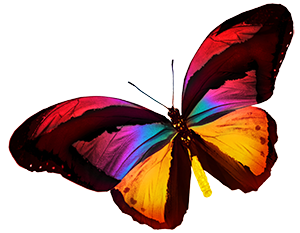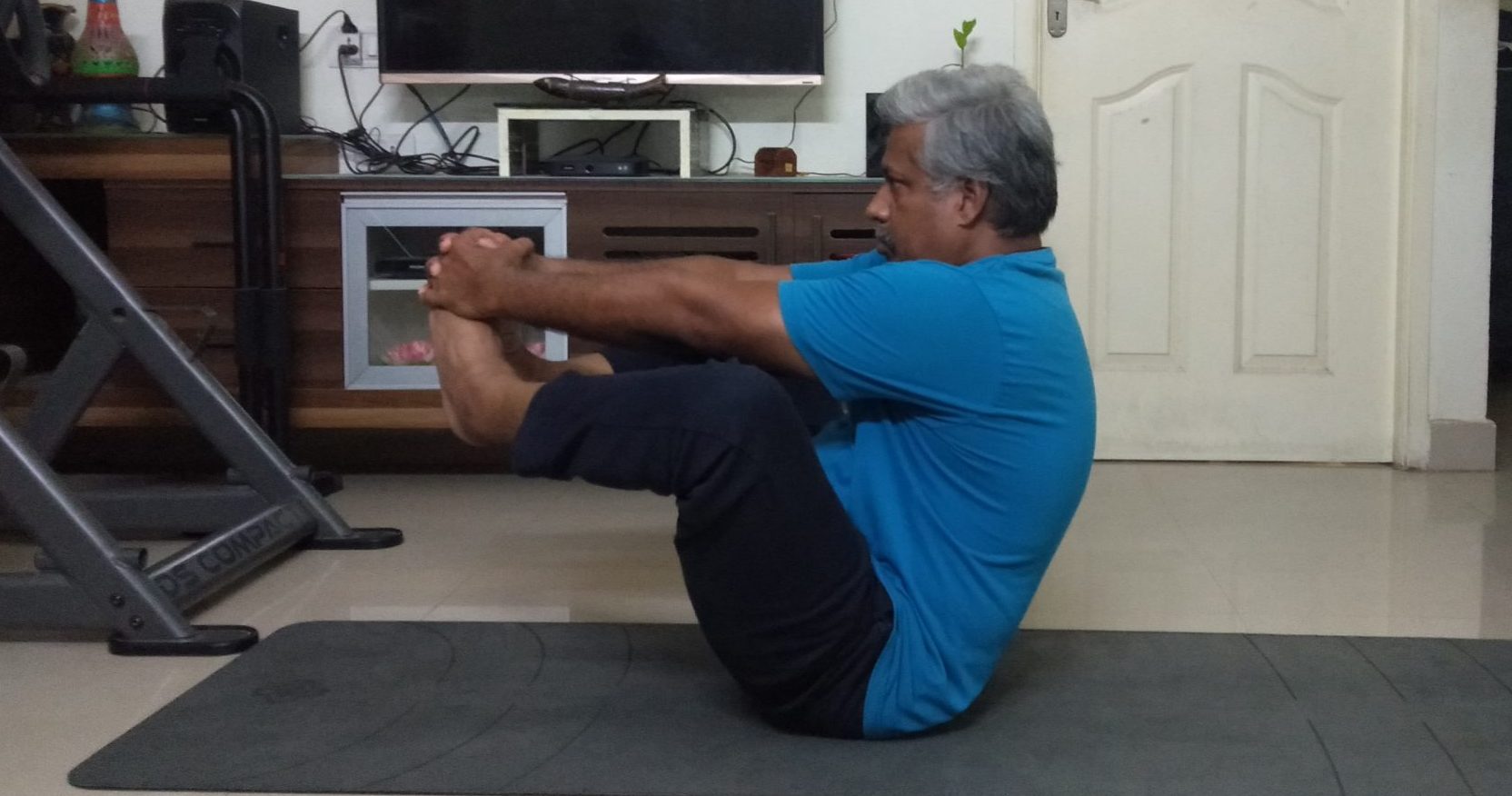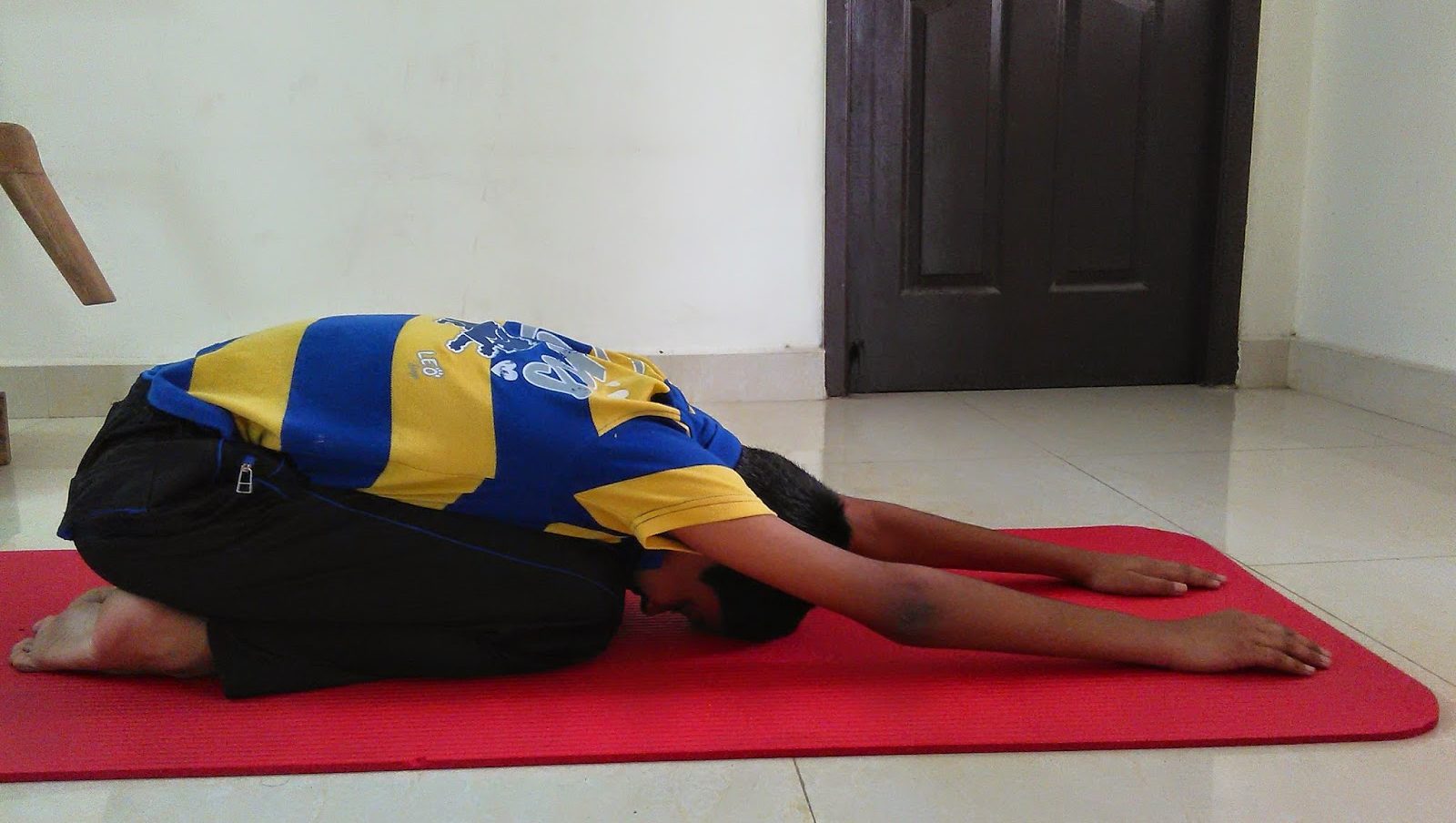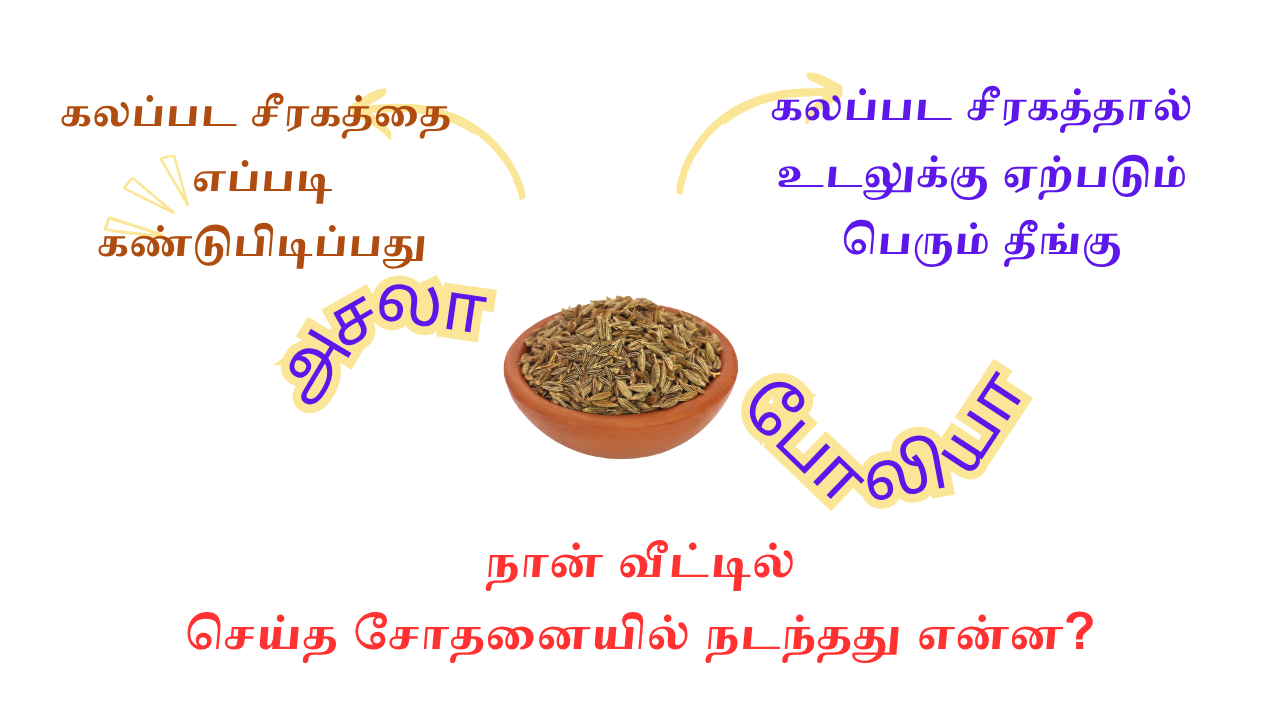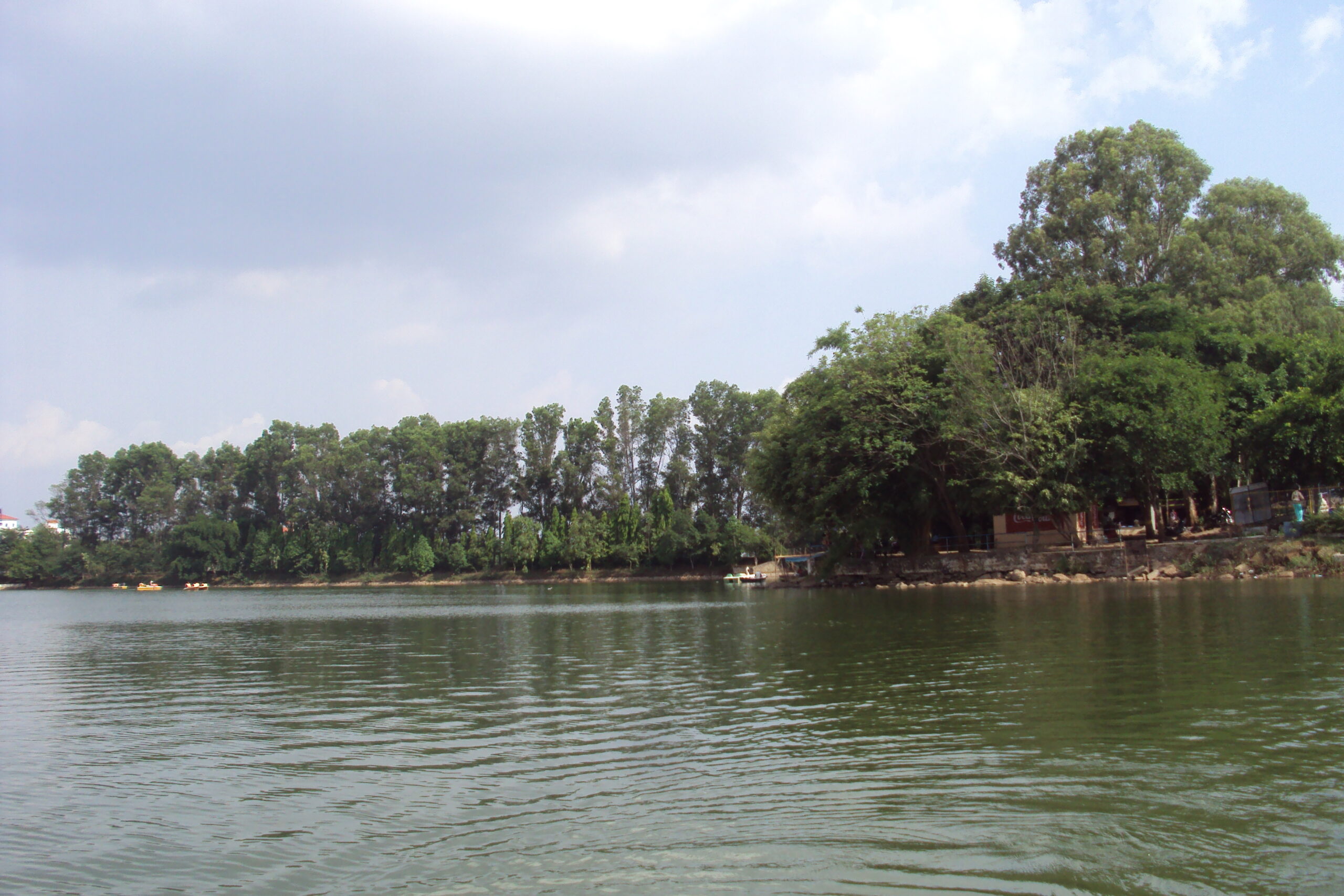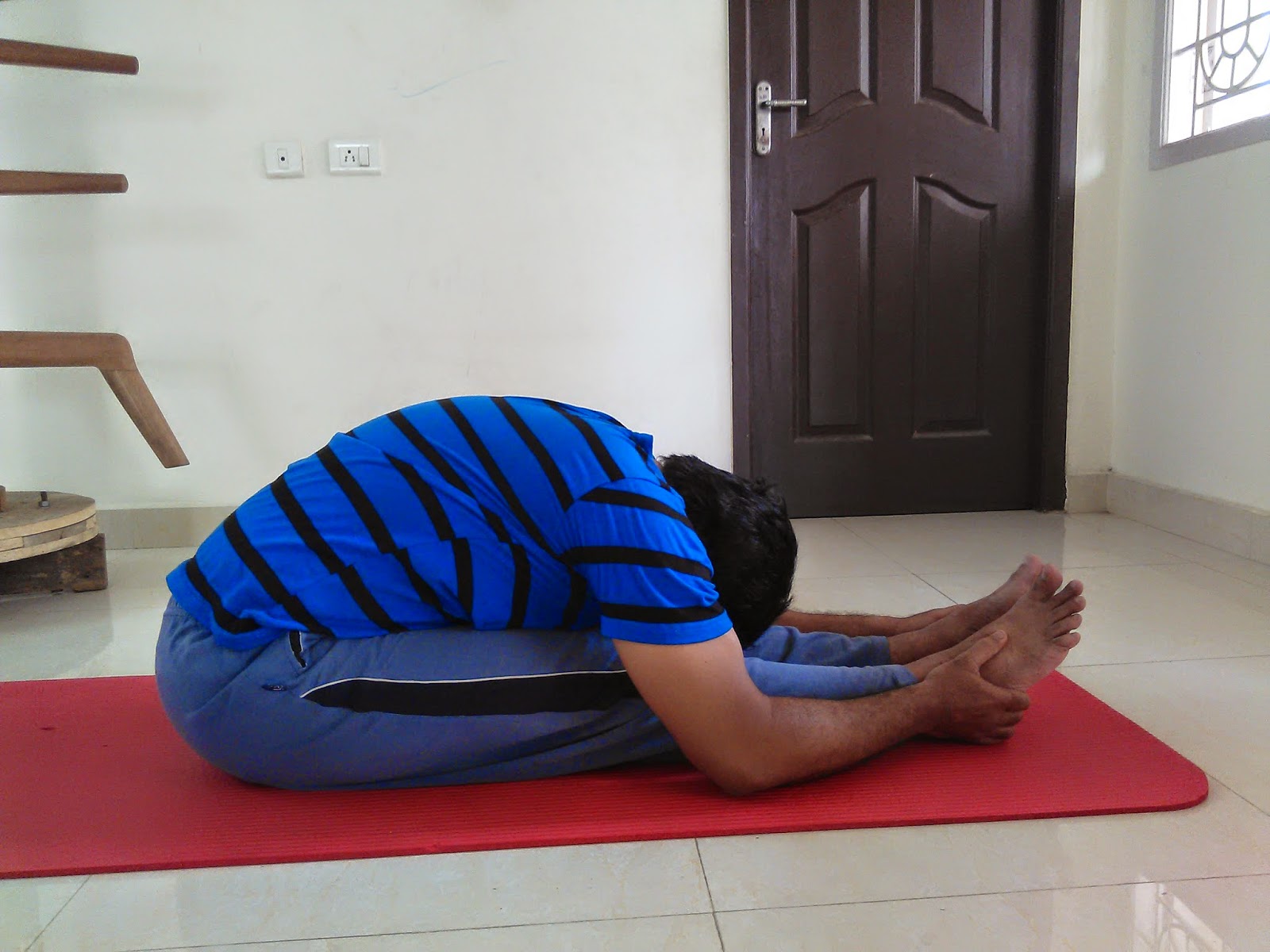‘Danda’ in Sanskrit means ‘stick’, ‘yamana’ means ‘balance’ or ‘control’, ‘badhha’ means ‘bound’ and ‘kona’ means ‘angle’. In this pose, the legs are bound by the hands and the body is balanced by buttocks and hence it is named thus.
Balancing Bound Angle Pose is not only about the balancing of body. The pose also balances the mind. The pose strengthens sacral chakra. Sacral chakra is associated with emotions and promotes flexibility and adaptation of mind to any situation. Proper functioning of sacral chakra helps to keep the mind balanced.
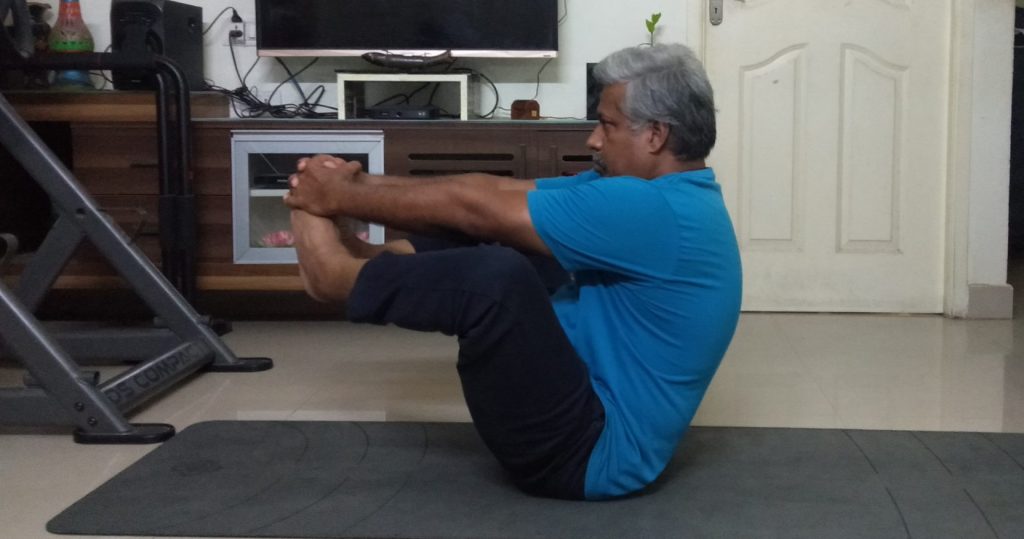
Other Benefits of Balancing Bound Angle Pose
- The pose cures digestive disorders.
- It stimulates functions of abdominal organs..
- It strengthens hips.
- Thighs get strengthened.
- It is an effective yoga pose for menstrual disorders.
- It is recommended to improve focus.
- Practicing the pose helps to relieve stress.
- Tai Chi practice boosts self-confidence
- Regular practice of the pose promotes positive thinking.
Instructions
- Sit down on the mat placing your feet against each other.
- Hold the toes or feet with your hands.
- Inhale, bend your body slightly backwards and slowly lift your legs off the floor to chest height. Now, you will be balancing on your buttock.
- Look straight.
- Hold the pose for 20 seconds. Release the pose by placing the legs on the floor.
Note
Those with severe spine conditions, hip and knee pain should refrain from practicing the pose.
In case of difficulty in holding the legs high, place a yoga block or any other solid object in front of you and place your legs on it for support.
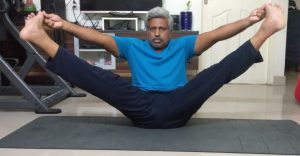
Yoga Pose for Day 41 – Upward Seated Angle Pose (Urdhva Upavistha Konasana)
In one of our recent posts, we have written about Half Upright Seated Angle Pose, in which one leg will be lifted upwards. In Upward Seated Angle Pose both legs should be lifted sideways. ‘Urdhva’ in
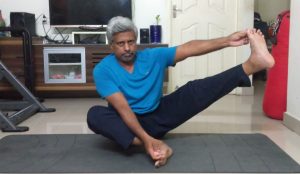
Yoga Pose for Day 39 – Half Upright Seated Angle Pose (Ardha Urdhva Upavistha Konasana)
The word ‘ardha’ in Sanskrit means ‘half’, ‘urdhva’ means ‘upright’ or ‘upwards’, ‘upavistha‘ means ‘seated’ and ‘kona’ means ‘angle’. Since this is a seated pose with one leg raised upwards
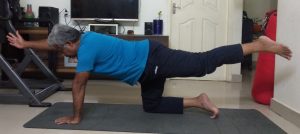
Yoga Pose for Day 38 – Balancing Table Top Pose (Dandayamana Bharmanasana)
The word ‘danda’ in Sanskrit means ‘stick’, ‘yamana’ means ‘balancing’ or ‘controlling’, ‘bharma’ means ‘board that holds the table’. Since the pose involves balancing the body in controlled manner
